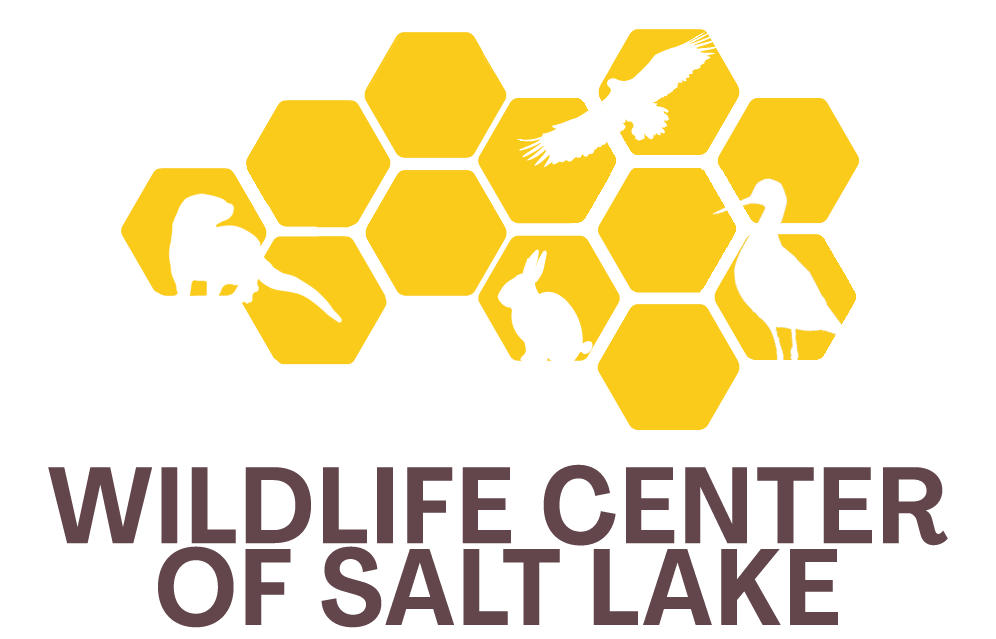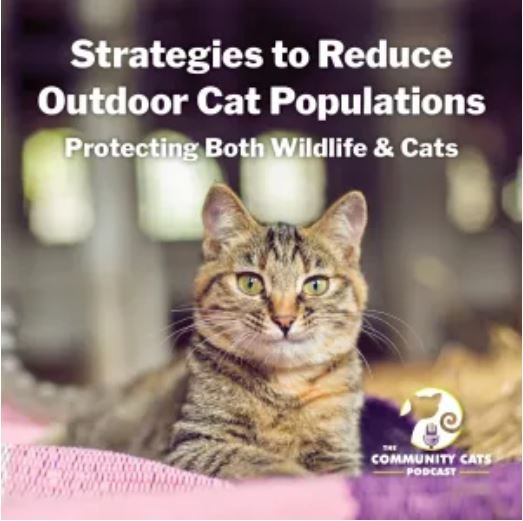
Living Cooperatively with Wildlife
Humans and wildlife can and must live together in order for both our futures to be secured. We can seek out alternatives to traditional conflict management of human-wildlife interactions to avoid mishaps.
International Dark-Sky Association
Lights from cities cause migrating birds to be drawn to brightly-lit cities leaving them vulnerable to window-hits and other injuries. Spring migration for many migratory species is March 1st to June 15th with peak levels April 23rd through May 10th, where these birds are traveling to their breeding zones. Join the dark skies movement learn more about how to avoid human interference in migration.
Audio Resources
The Community Cats Podcast - Stacy LeBaron, host of The Community Cats Podcast, long-time TNR advocate/practitioner, and non-profit administrator, will share her experience and offer suggestions to address the most common situations that can arise when birds, raccoons, coyotes, and other species live alongside a managed community cat colony. Hear about how she navigated working with various agencies to promote TNR and learn about cases where both cat lovers and bird enthusiasts have come together to make it work for the benefit of all the animals – and people – involved.
Video Resources
If You Care, Leave It There: Dr Heather Barron speaks on helping baby birds -how to evaluate, return to parental care and when to bring baby birds into your local wildlife rehabilitation center. Permission to post this video was given by LafeberVet.
Can I Keep It?
Katie McInnis of the International Wildlife Rehabilitation Council blogs about the ethics and implications of keeping wildlife in our homes. Read it here.

